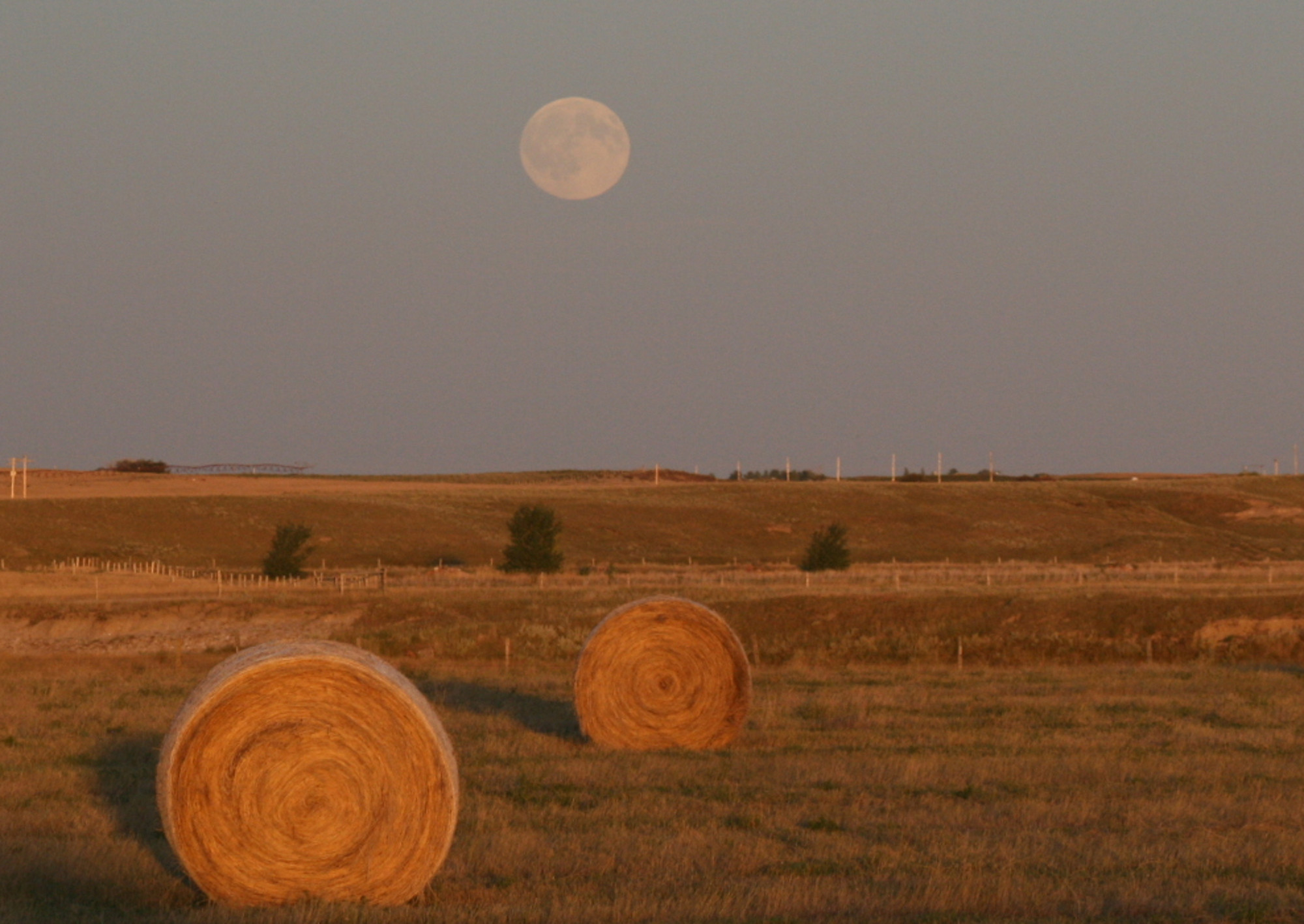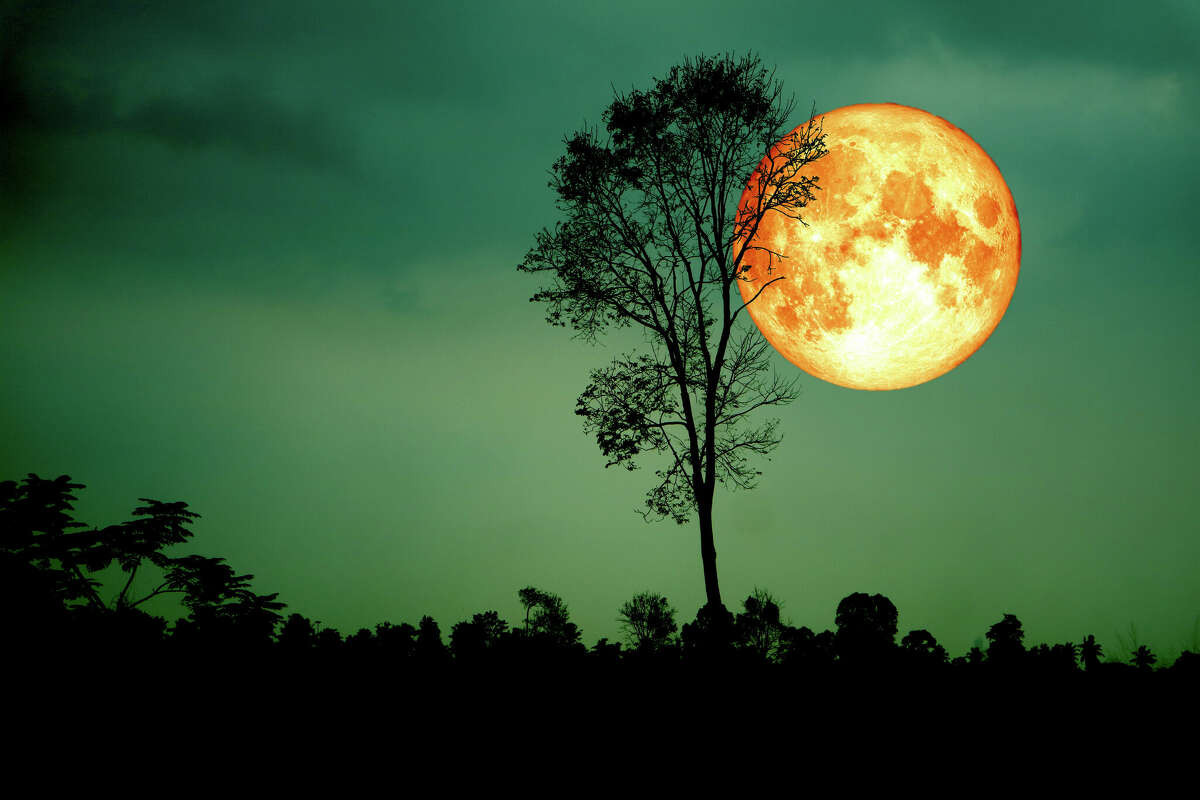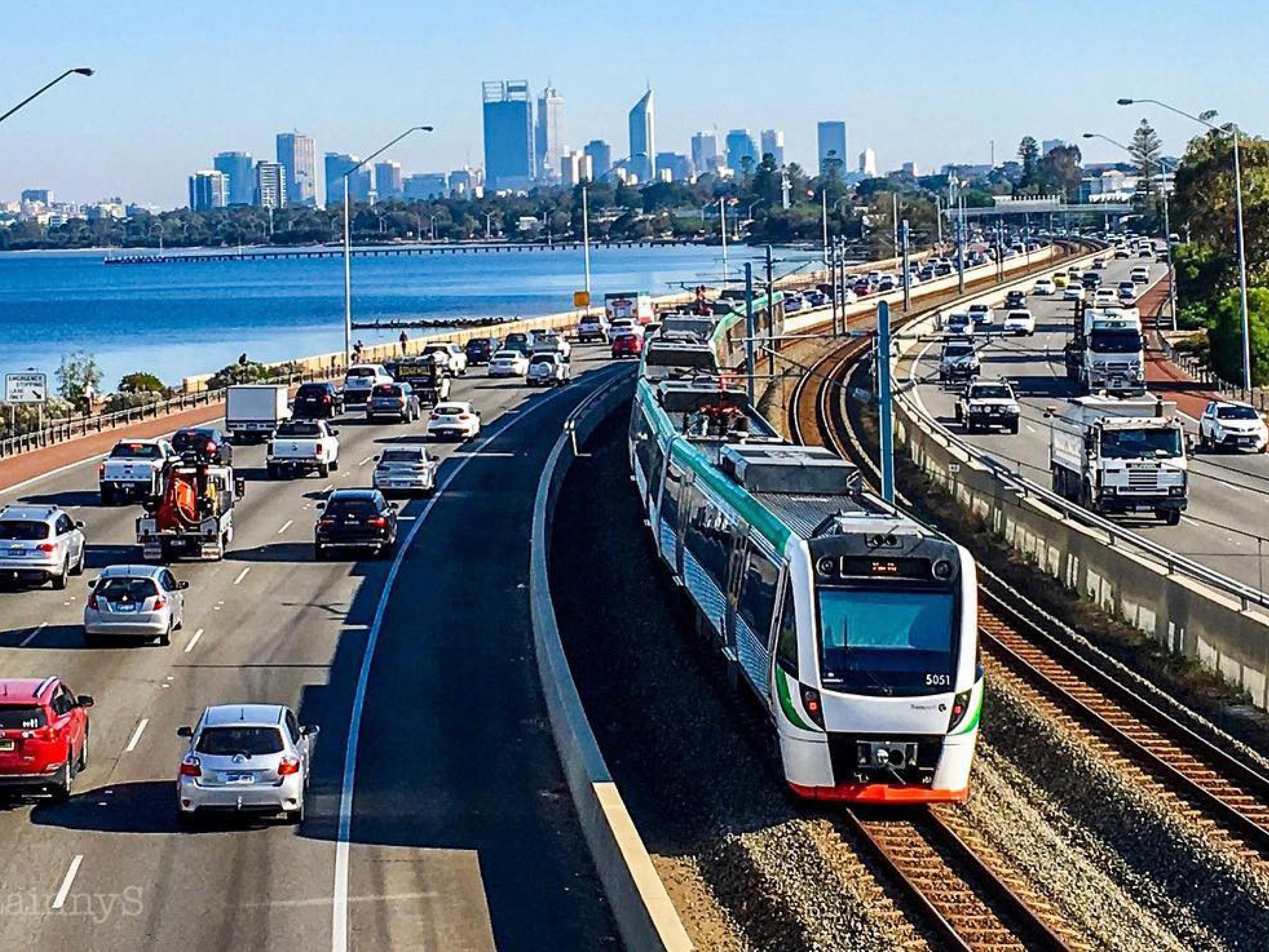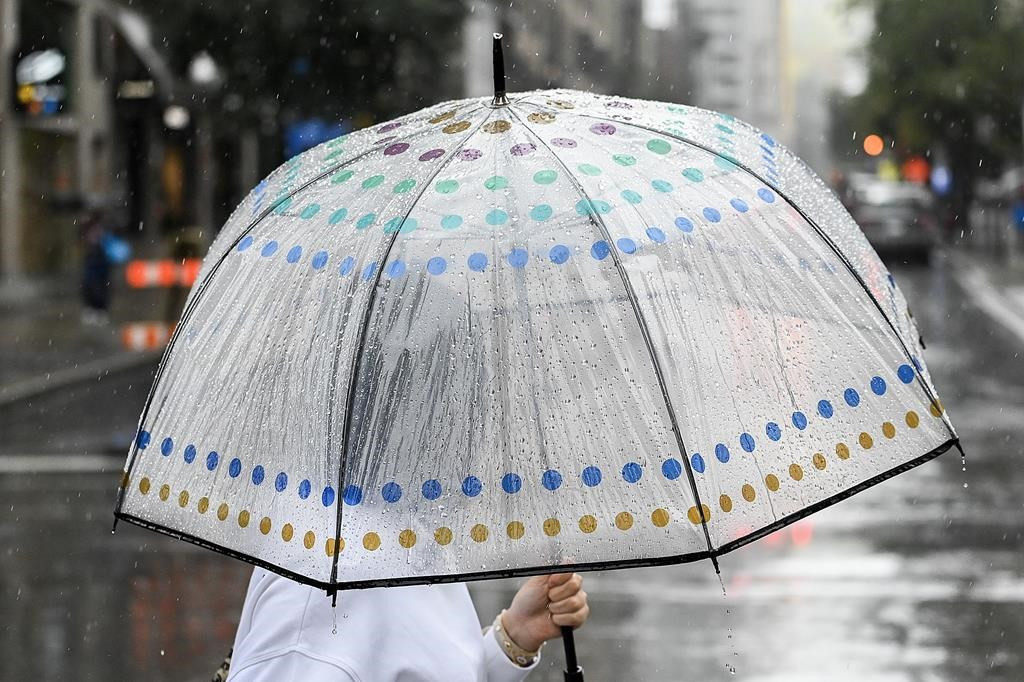September's full moon will put on quite a show on the evening of Sept. 17. Not only are we treated to a slightly larger-than-average "supermoon" but also a partial lunar eclipse. On the evening of Sept. 17, a partial lunar eclipse will turn the moon a murky red-brown color when Earth's shadow descends upon the lunar surface.
The partial lunar eclipse will be visible from most of North America, all of South America, Europe, all but the easternmost parts of Africa, western portions of Asia and Russia, and parts of Antarctica.
The exact timing of the partial lunar eclipse depends on your location and you can use websites like Timeanddate.com to find specific timings based on your location. For those in the U.S. Eastern Time Zone, the eclipse will reach its darkest phase, with the moon most obscured by Earth's umbra, at approximately 10:44 p.m. EDT on Sept. 17. In Europe and Africa, the eclipse will occur during the early morning hours of Sept. 18. In London, the peak of the eclipse will be visible around 3:45 a.m. BST on September 18.
What To Know About The Celestial Trifecta
On Tuesday evening, stargazers in North America, South America, Europe, and Africa will be treated to three celestial events taking place at the same time: the harvest moon, a blood moon, and a supermoon. All three occurring simultaneously are “quite rare,” Teresa Monsue, an astrophysicist at NASA's Goddard Space Flight Center, told NPR.
The Harvest Moon
The harvest moon appears near the autumn equinox. Its name, according to the almanac, comes from the time when its brightness would help farmers harvest their end-of-season crops. What makes this moment special is that the moon’s orbit and the Earth’s horizon are positioned in such a way that the moon appears to rise above the horizon much faster than usual. When viewed right after sunset, when the moon is closest to the horizon, it creates an optical illusion that makes the harvest moon look bigger than usual. That effect will be further amplified by the fact that Tuesday night’s harvest moon will also coincide with a supermoon.
The Supermoon
Supermoons occur when the moon is both full and at its closest to Earth, making the moon appear larger than usual. Supermoons occur between three to four times a year because the moon’s orbit and distance from Earth changes with each new cycle.
The Blood Moon
During a lunar eclipse, the Earth’s shadow partially blocks the sun’s light from reaching the moon, giving it a reddish appearance often referred to as a blood moon. On Tuesday night, in addition to seeing the characteristics of a harvest and supermoon, stargazers can also expect the moon to have an unusual red color due to a partial lunar eclipse that will be taking place at the same time.
When and Where To Watch
The partial lunar eclipse begins at 8:41 p.m. E.T. and reaches its peak at 10:44 p.m., according to NASA, but viewers may be able to notice part of the moon entering full shadow as early as 10:13 p.m.
The Next Blood Moon
The next Harvest-Blood-Supermoon combination will occur in fall 2033, according to the public service radio program EarthDate. While it is a while away, the 2033 moon will be even more rare because it will also include a full lunar eclipse instead of a partial one.
The next full supermoon will be visible on Oct. 17, 2024, and the next lunar eclipse will occur on Mar. 14, 2025, according to NASA.
A Rare Celestial Event
The event will be visible from most of North America, all of South America, Europe, and western portions of Africa and Asia, according to NASA. It will occur during the evening in the United States but during the early morning hours for Europe.
The eclipse will be visible even without binoculars, as long as you are in an area with clear skies.
When To See The Eclipse
The moon will enter Earth's partial shadow at 8:41 p.m. EDT, but it's the peak of the eclipse that viewers will want to witness. While the moon will slightly dim around 10:13 p.m., the peak itself will occur at 10:44 p.m. The moon will finish exiting the full shadow at 11:16 p.m. and the partial shadow early Wednesday morning at 12:47 a.m., NASA said.
What Happens During A Partial Lunar Eclipse?
A lunar eclipse results from the Earth moving between the sun and moon. In the case of a total lunar eclipse, the moon moves into the inner part of Earth’s shadow, or the umbra, which can turn the lunar surface a striking red for a few hours, according to NASA. This week, those three celestial bodies imperfectly align, creating a partial lunar eclipse as Earth’s shadow falls upon – but does not entirely cover – the surface of the moon.
What To Expect During The Partial Lunar Eclipse
A partial lunar eclipse only occurs during a full moon. However, when they do happen, they're visible to an entire half of Earth. For this eclipse, the Northern Hemisphere will be treated to the view, including all of North America (except Alaska). For those in the United States, that means all lower 48 states should have a view.
The eclipse will also be visible in South America, Greenland, Europe, Africa and most of the Middle East.
Why Is It Called A Supermoon?
To make the celestial event even more spectacular, this week's moon is a supermoon, which occurs when a full moon coincides with the satellite's closest approach to Earth in its elliptical orbit.
Why Is It Called A Harvest Moon?
The name harvest moon is a nod to the season because the event occurs close to the beginning of fall, or the autumnal equinox, which occurs on September 22. Many people associate the harvest moon with being orange in color as it begins to rise, but the same could be said of all full moons. The hue is due to the greater thickness of Earth’s atmosphere near the horizon, according to EarthSky.
How To Watch The Harvest Moon
When the Harvest Moon rises this week along the horizon, spectators will be treated not only to an exceptionally large and bright supermoon, but – on Tuesday only – also a partial lunar eclipse. As the moon rises near sunset across the Northern Hemisphere, it will be partly covered by Earth's shadow as our planet passes between our natural satellite and the sun.


















